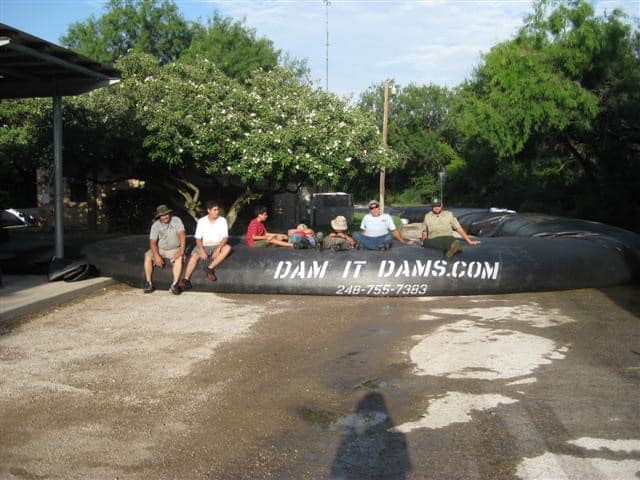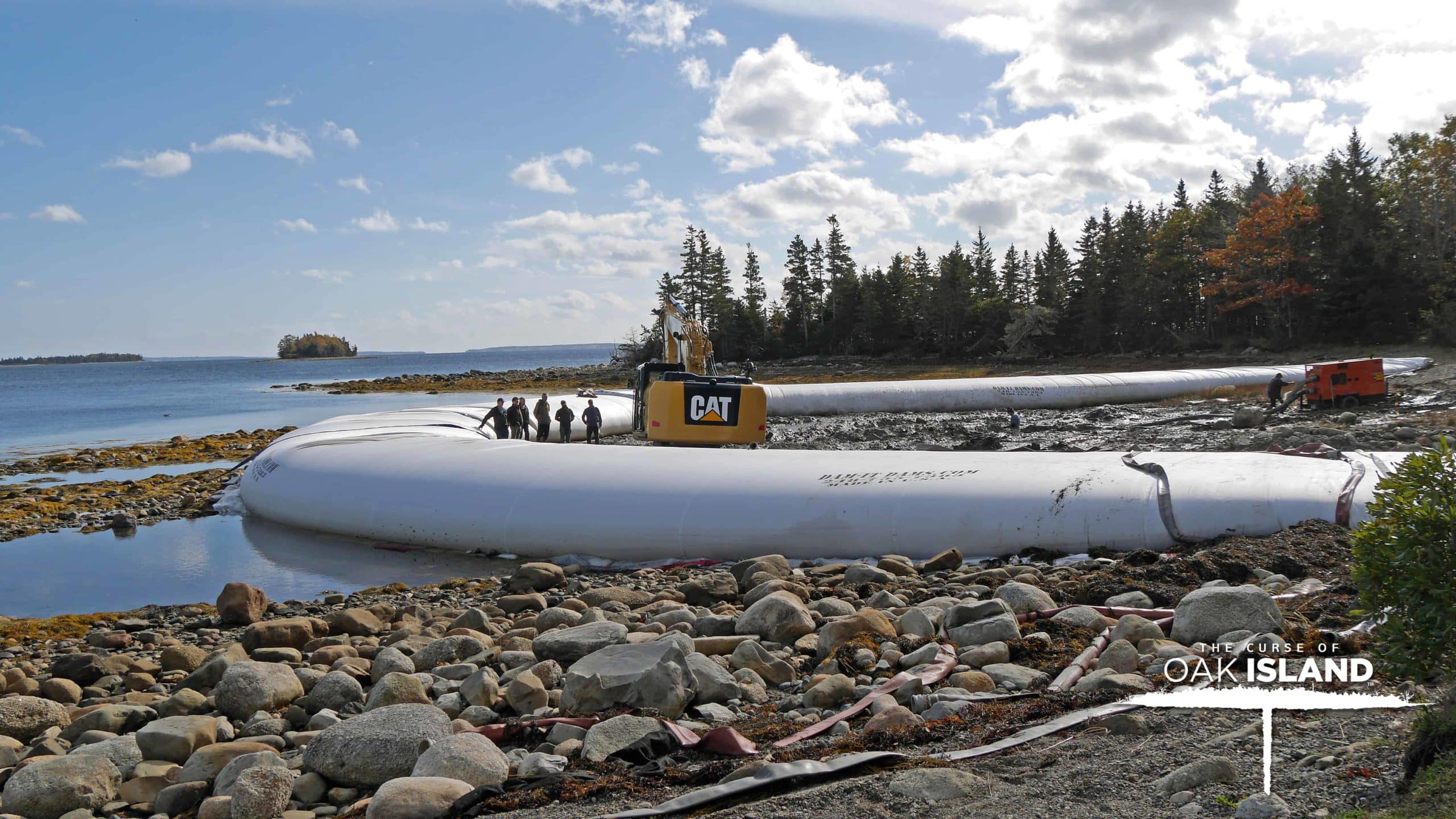
What to Look for in a Cofferdam Contractor
Selecting a cofferdam contractor (or contractors) to manufacture and install a cofferdam to meet your specific needs is one of the most important decisions you will make to ensure the success of the project.
There are several factors to be considered:
Number of Contractors
There are various ways with which to complete the project and you will need to decide what you feel is the best and safest route to take when it comes to your particular project.
The options are:
- One contractor for manufacturing and installation
- One contractor to manufacture the cofferdam and another contractor for installation
- One contractor for manufacturing, then performing self installation
- One contractor to manufacture; and contractor supervision for your self installation
Cofferdam Size
- Does the contractor offer cofferdams in the size(s) you need?
- How will cofferdam installation impact the project site, not only while you’re doing the work, but after the uninstall?
- Is the equipment readily available or will you have to wait?
Equipment Needs for Cofferdams
Who will provide the following equipment that is recommended for large cofferdam installations?
- At least two portable 2″-3″ water discharge pumps, although using more pumps will lessen fill time. The inner fill tubes will accommodate any size discharge hose,
- A discharge/suction hose for each pump
- Duct tape to secure and constrict the fill tubes
- Restraining ropes* (recommended particularly for water with a current)
*In moving water, restraining ropes should be used to help control the cofferdam during installation. Every 100 feet of cofferdam requires 250 feet of 1/2-inch rope. The use of four ropes is highly recommended for the installation of cofferdams that are six feet or higher in rapidly flowing water.
Project Personnel
Who will be responsible for provide the following project personnel?
In Stationary Water
Two to four workers are typically required to install small (less than 4 feet in height) cofferdams in stationary water.
Three to six workers are typically required to install large (4 feet or higher) cofferdams in stationary water. Ropes are usually not needed but can be used to maneuver the cofferdam in deep water depths.
In Moving Water
Three to seven workers are required to install small and large cofferdams in moving water. The following table shows personnel needs for typical installations of cofferdams in moving water:
| Cofferdam Size (feet) | Ropes | Workers in the Water | Workers Manning Pumps |
| 1-4 | 0 | 1-3 | 1 |
| 4 | 2 | 2-4 | 1 |
| 6 | 3 | 2-4 | 1 |
| 8 | 4 | 2-4 | 1 |
| 10+ | 4 | 2-6 | 1 |
Please note that strong water currents require more personnel to ensure the safety of the workers as well as proper installation of system.
Site Preparation
Always remember to prepare the work site, including moving or removing boulders, rocks, and debris that may interfere with proper installation of the cofferdam and, if necessary, leveling the water bed. This is one of the most important steps for proper installation. While the material is durable, it’s still best for the equipment and the on-site employees to be completely prepared.
Need Help?
Dam-It Dams, Inc. is the Midwest’s Largest Manufacturer of portable water-filled cofferdams. If you need help or have any questions about the manufacture or installation of cofferdams, please contact us at (248) 755-7383.

